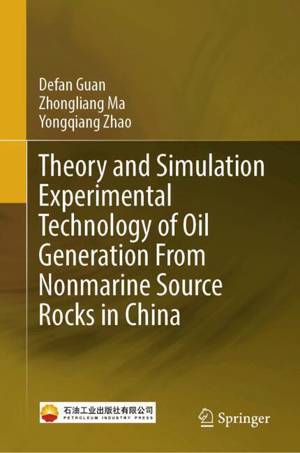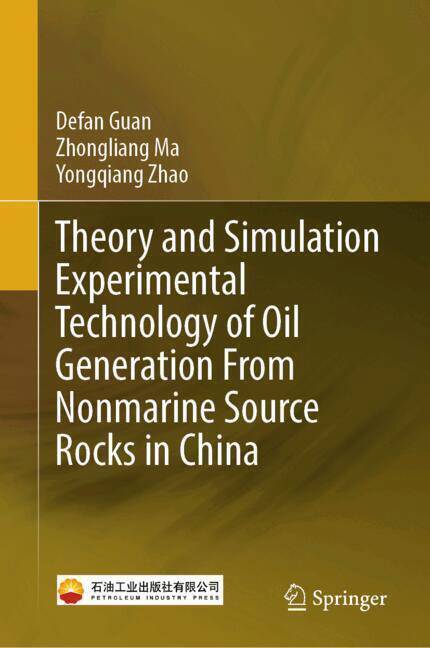
- Afhalen na 1 uur in een winkel met voorraad
- Gratis thuislevering in België vanaf € 30
- Ruim aanbod met 7 miljoen producten
- Afhalen na 1 uur in een winkel met voorraad
- Gratis thuislevering in België vanaf € 30
- Ruim aanbod met 7 miljoen producten
Theory and Simulation Experimental Technology of Oil Generation From Nonmarine Source Rocks in China
Defan Guan, Zhongliang Ma, Yongqiang ZhaoOmschrijving
Guided by organic geochemical methodologies, this book conducts a comparative analysis of the characteristics of oil source rocks deposited across various geological eras within typical continental oil-bearing basins, revisits several issues concerning the oil generation theory of continental oil source rocks, and reshapes organic geochemical thinking methods and simulation experimental techniques, challenging the traditionally dominant "artificial petroleum" theory and experimental techniques. The book is divided into three parts: "Introduction," "Characteristics of Oil Source Rocks in Typical Continental Oil-Bearing Basins in China," and "Simulation Experiments on Oil Generation of Continental Oil Source Rocks," encompassing a total of 12 chapters and 143 figures. It delves into the petroleum geological evolution during the stages of continuous subsidence, overall uplift and denudation, and full shrinkage in major basins such as the Junggar, Ordos, Sichuan, Songliao, and Bohai Bay. The book analyzes the characteristics of the main oil source rocks, develops an oil generation simulation instrument for continental oil source rocks, establishes the experimental technology for low-temperature catalytic cracking of source rocks to simulate oil generation, and reveals the oil generation mechanism of the "geological molecular sieve" and favorable conditions for oil generation in source rocks. It offers new ideas and methods for the evaluation of petroleum resources in continental oil-bearing basins and can be a reference for researchers engaged in petroleum geological and geochemical research, as well as teachers and students working in related fields.
Specificaties
Betrokkenen
- Auteur(s):
- Uitgeverij:
Inhoud
- Aantal bladzijden:
- 390
- Taal:
- Engels
Eigenschappen
- Productcode (EAN):
- 9789819631445
- Uitvoering:
- Hardcover
- Afmetingen:
- 155 mm x 235 mm

Alleen bij Standaard Boekhandel
Beoordelingen
We publiceren alleen reviews die voldoen aan de voorwaarden voor reviews. Bekijk onze voorwaarden voor reviews.











